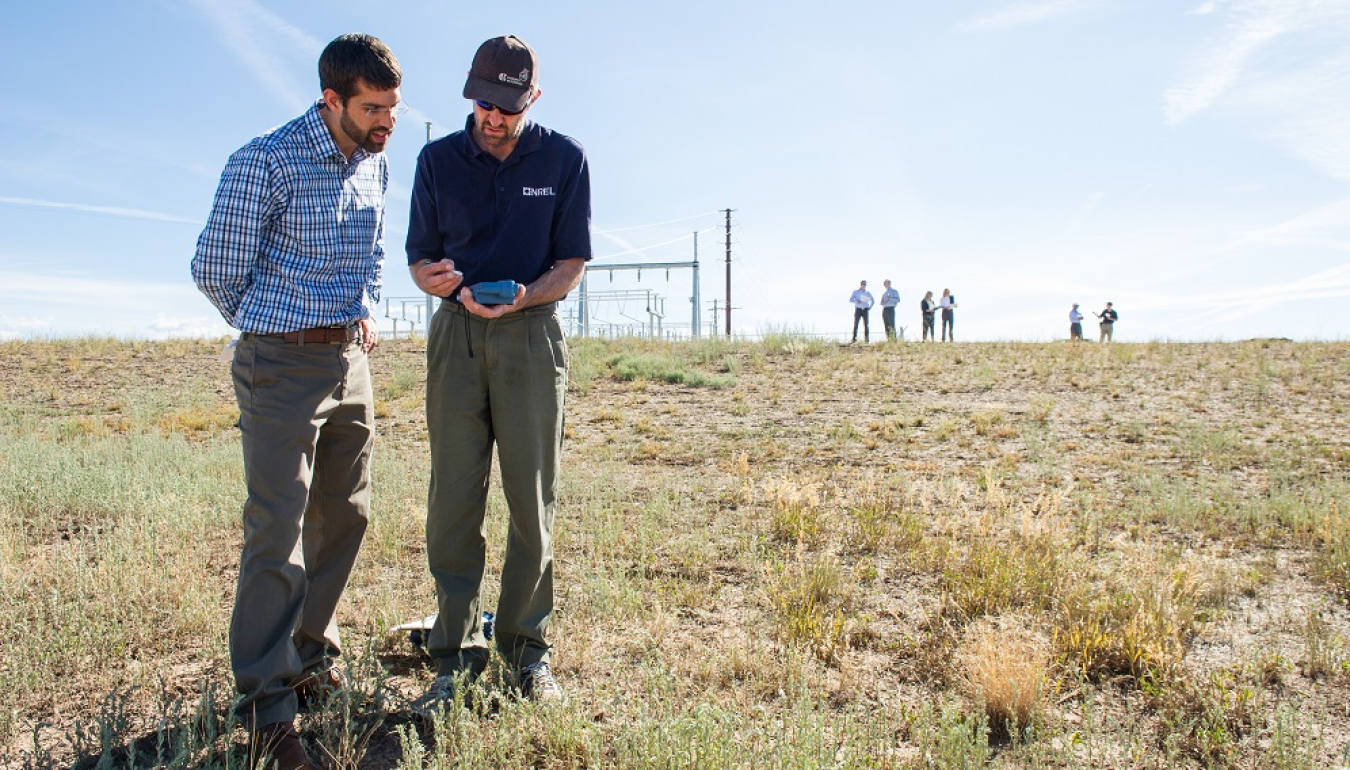The Southern Ute Indian Tribe has achieved a major milestone toward developing a roughly 1-megawatt solar photovoltaic (PV) system that will genera...
Office of Indian Energy Policy and Programs
January 11, 2016
The Southern Ute Indian Tribe has achieved a major milestone toward developing a roughly 1-megawatt solar photovoltaic (PV) system that will generate energy equivalent to a 15% offset of the total energy usage at about 10 tribally owned buildings on the Southern Ute Indian Reservation in Ignacio, Colorado.
After more than a year of negotiations, the Southern Ute Tribal Council on Oct. 21, 2015, reached a deal with La Plata Electric Association (LPEA), the local electric cooperative in Durango, Colorado. Featuring interconnection agreements and power purchase agreements (PPAs), the deal will enable the tribe to interconnect its PV system, known as the Oxford Solar Project, to the LPEA grid and benefit from the energy generated.
“The tribe’s agreement with La Plata Electric Association makes it possible for the Oxford Solar Project to connect to the grid where it can offset the grid’s majority coal fired generation and provide economic benefit to the tribe,” said Bob Zahradnik, Southern Ute Indian Tribe Growth Fund Operating Director.
Agreements Make It Possible
The tribe has worked with LPEA since early 2014 on details for connecting the tribe’s solar facility to LPEA’s electric distribution lines. The interconnection/PPA agreement was needed with La Plata Electric for the project to be a reality.
The $3 million project is being cost-shared between a $1.5 million U.S. Department of Energy (DOE) Tribal Energy Program grant and the tribe. The tribe also applied for and was selected to receive technical assistance from the DOE Office of Indian Energy’s Strategic Technical Assistance Response Team (START) Program in 2013.
“DOE’s support of this project has been critical. In addition to grant funding, DOE has provided technical assistance to help the Southern Ute Tribe determine the best location for the solar facility and to evaluate potential business structures for the project,” said James Jensen, Southern Ute Alternative Energy Project Manager.
Why Go Solar?
The tribe’s economy, while diverse, relies heavily on its businesses in oil and gas. Aware that its oil and gas resources will not continue to produce indefinitely, the tribe sought to diversify its businesses by moving into alternative energy for the benefit of future generations. The tribe has been active in the alternative energy sector since 2008, but primarily outside of their reservation boundaries. “With the price of solar becoming competitive in the area we wanted to take advantage and focus on a local project for the tribe’s direct benefit,” said Rebecca Kauffman, Southern Ute Alternative Energy President.
The proposed community-scale solar facility will be located on nearly 10 acres of land approximately three miles from the main Southern Ute Indian tribal campus. This site was identified as the most suitable location for utility-scale development because the surrounding area has a strong solar resource, is located near two substations, has no known presence of threatened and endangered species, and has areas contaminated by naturally occurring selenium, which limits the land’s suitability for residential or agricultural use.
By constructing a single, stand-alone facility rather than multiple roof-mounted arrays, this project:
- Allows for the development of a large PV array that utilizes economies of scale to achieve a low installed cost per kilowatt
- Eliminates the need to retrofit buildings to accommodate PV installations
- Frees the tribe to design the project to optimize energy production rather than being constrained by roof orientations and geometries.
With the LPEA milestone met, the tribe’s next steps are to finalize the construction site, complete designs, and pass an engineering review. This project is scheduled for completion in late summer 2016.

